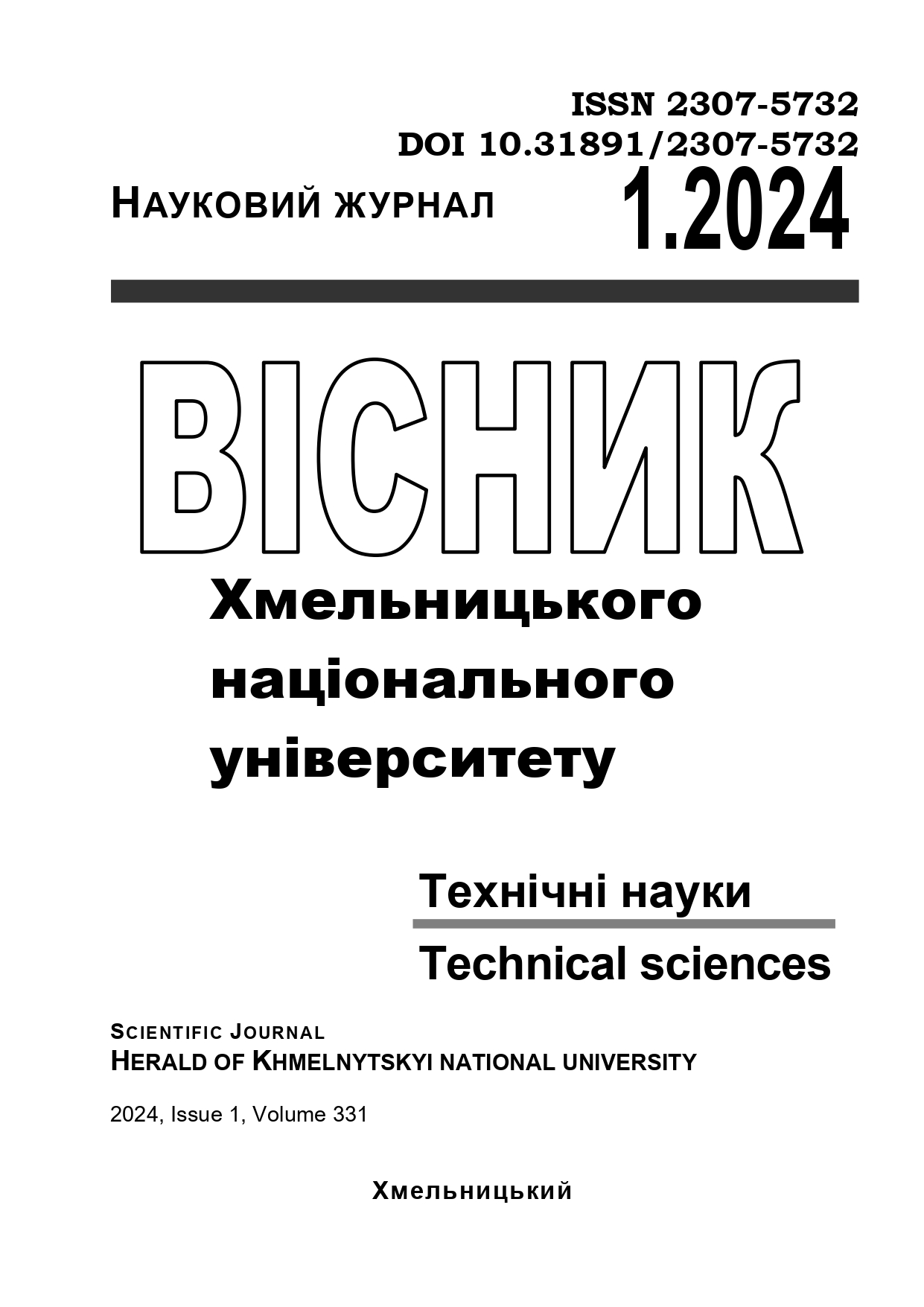ORIGIN AND DEVELOPMENT OF CRACKS IN MOUNTAIN ROCKS UNDER STATIC LOAD
DOI:
https://doi.org/10.31891/2307-5732-2024-331-21Keywords:
crack formation, rock, static splitting, directional action, controlled insert plates, NRZ, borehole, formation of cracks, crack developmentAbstract
The paper examines the occurrence and development of cracks in rocks under static loads, various conditions and factors of crack initiation and development. For comparison, such rocks as concrete, granite, sandstone, plasterboard are taken. This is said to help the cracks in the rock spread in the right direction. The technology of crack formation with the help of insert plates under the action of non-explosive mixtures is considered. When modeling, the minor and major axes of the ellipse around the insert of the plate with holes are taken. Construct isolines of rock destruction at a point in the form of ellipses. Determine the most likely direction of cracks during rock destruction. The conditions for the development of cleavage cracks relative to the axes of anisotropy with maximum and minimum strength are considered. The theoretical and experimental justifications of the rational technological parameters of mining stone blocks by the hole method by the formation of a separation crack in the rock in a given direction have been studied. The determination of the plane stress state around a hole with a 5- and 8-mm-thick insert plate is studied, and equivalent stress diagrams are given. The methods of directional destruction and the occurrence of cracks in rocks when pouring non-explosive mixtures into wells and inserting cartridges with a destructive substance into wells are considered. It clearly shows the greater efficiency of using cartridges that guarantee the appearance of cracks in a precisely specified direction. The influence of the load scheme on the development of a splitting crack in holes with stress concentrators is presented. The model for the analysis of crack formation at the tops of stress concentrators is considered. Non-explosive methods of directional destruction of monoliths using special structures are described. Considered patents for static rock splitting. The results of destruction over a certain time are given. In addition, non-explosive mining of gabbroid rock blocks using destructive mixtures together with surface-active substances is considered.

